Annual Report 2021/22
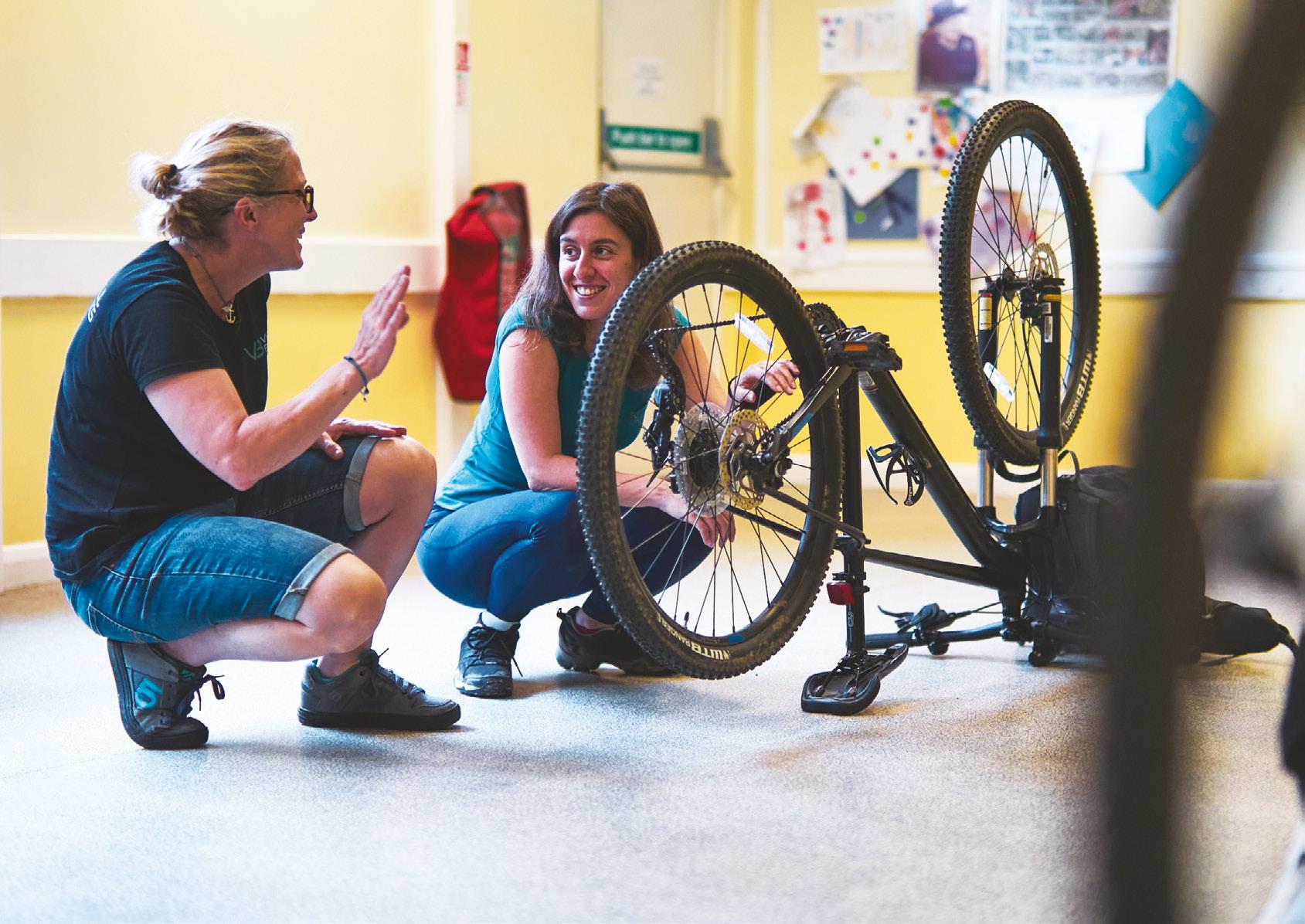


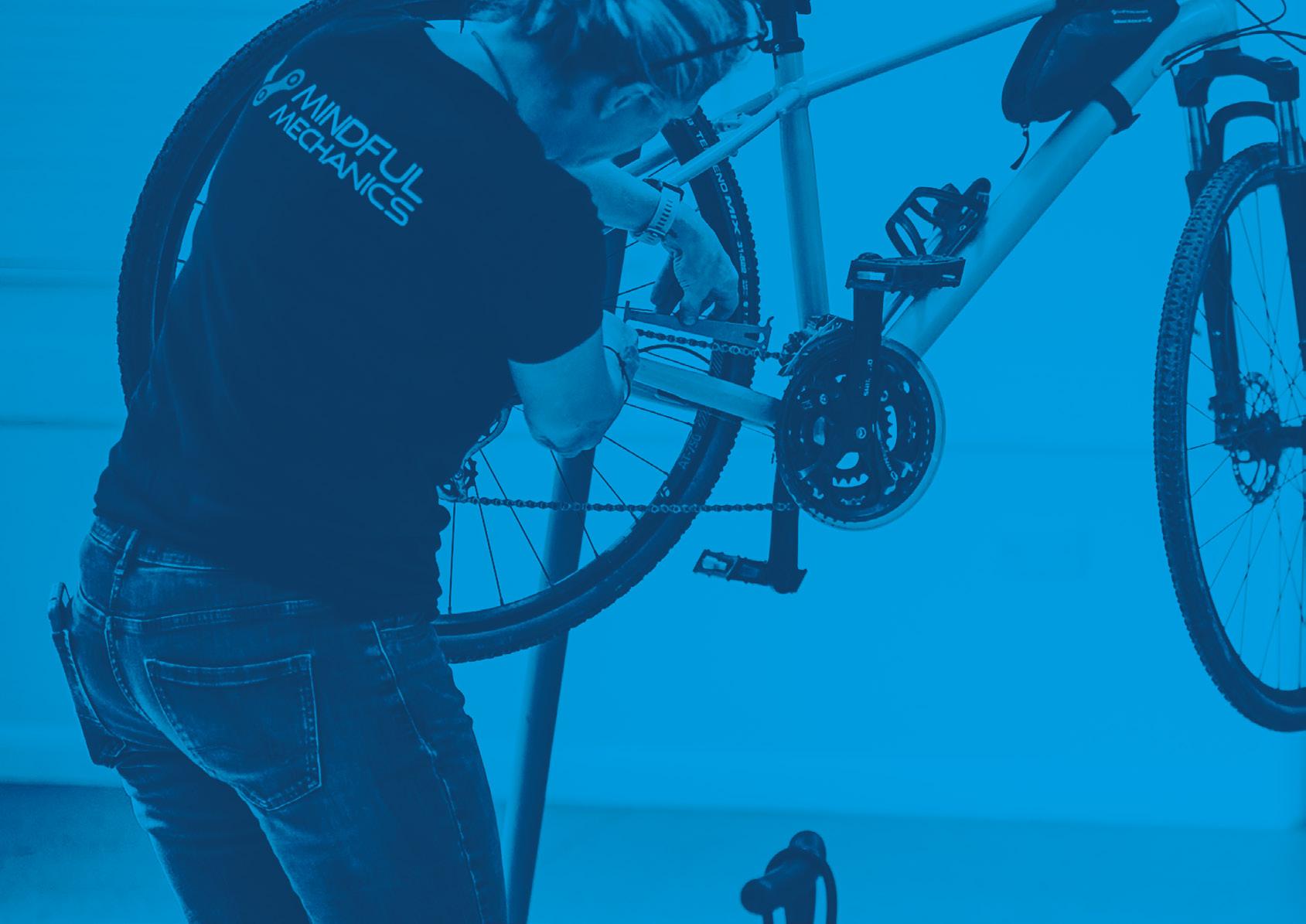
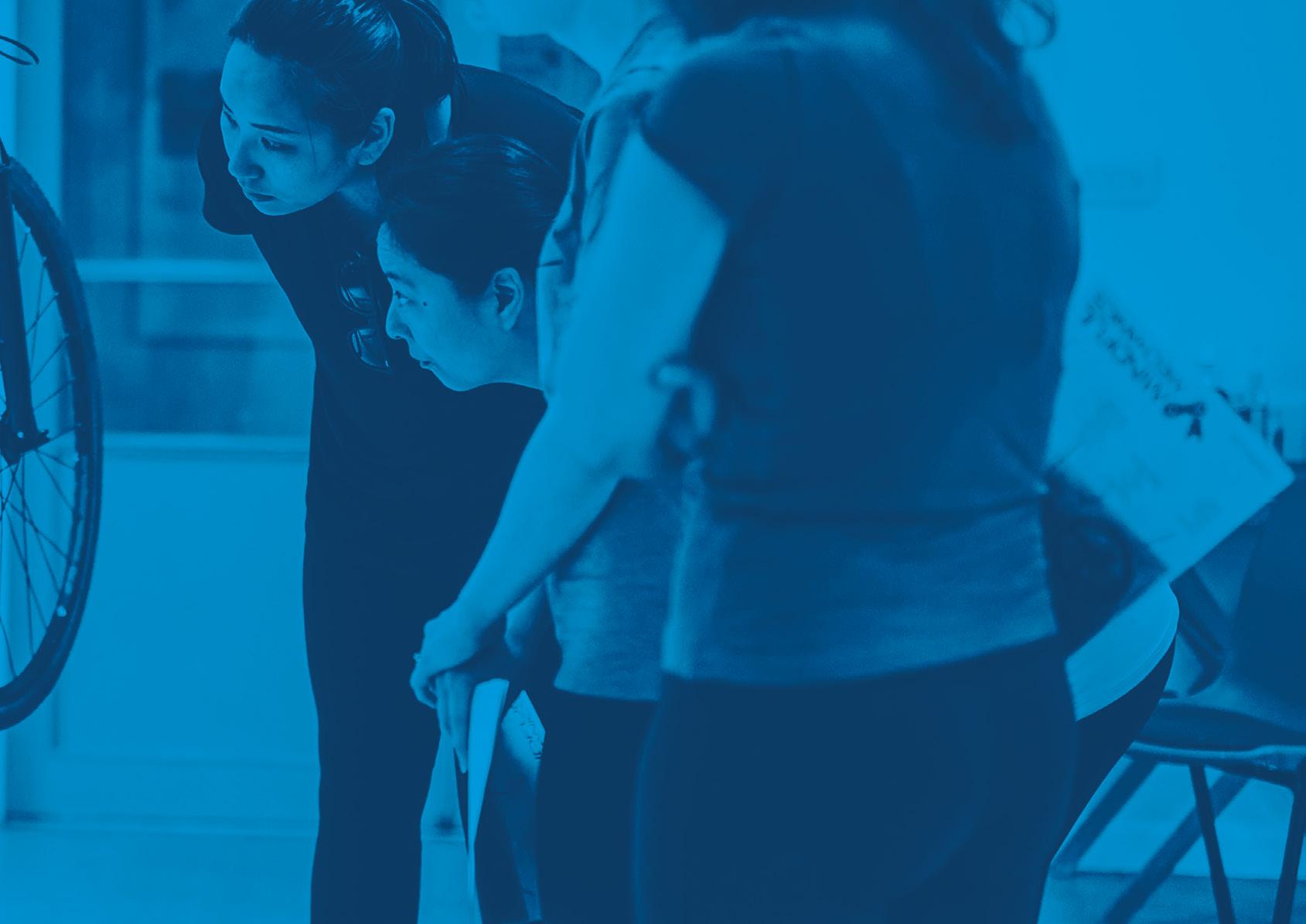
Big Bike Revival was designed to inspire and incentivise the large proportion of people who have access to a bike but do not cycle, to start cycling. Since its inception in 2014 the programme has grown and evolved considerably into a robust intervention informed by Behaviour Change Theory.
The programme aims to make cycling accessible to all and to unlock the potential for people who do not currently cycle but would consider either starting or returning to cycling. This supports the Department for Transport’s vision of achieving a step-change in cycling levels.
Programme objectives:
Increase the number of people that cycle
Increase the number of trips made by bike
Improve the perception of cycling safety
The Big Bike Revival is delivered through a network of local delivery partners. The knowledge and expertise of partners ensures the programme successfully reaches the target audiences who are:
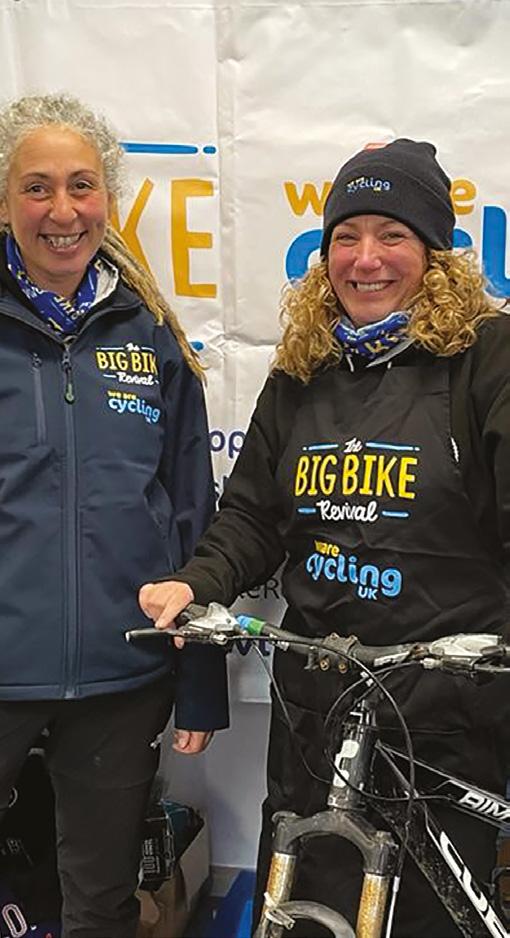
Not cycling regularly
On low incomes
Residing in deprived areas
From ethnic minority groups
From LGTBQ+ groups
Women
Not in work
Not meeting physical activity guidelines
Not cycling because of perceived barriers
Delivery partners are engaged through a network of Cycling UK cycling development officers spread across England.
My childhood cycling proficiency lessons left me scared to ride a bike and I never thought this would happen, but I’ve relearnt how to cycle and feel so confident. I now cycle every week, I’ve been to shops, visited friends and even done the school run.”
Using Behaviour Change Theory to develop the Big Bike Revival programme helps make a measurable difference.
The programme for 2021 took account of a behavioural science review conducted in 2020.
We supported delivery partners to understand behaviour change theory and how to practically apply it as part of their event delivery.
Incorporating behaviour change techniques in Big Bike Revival events boosts the chances of participants increasing their cycling levels.
The COM-B analysis was used to create a series of practical, user-friendly resources to be shared by delivery partners and improve the quality of the events they deliver.
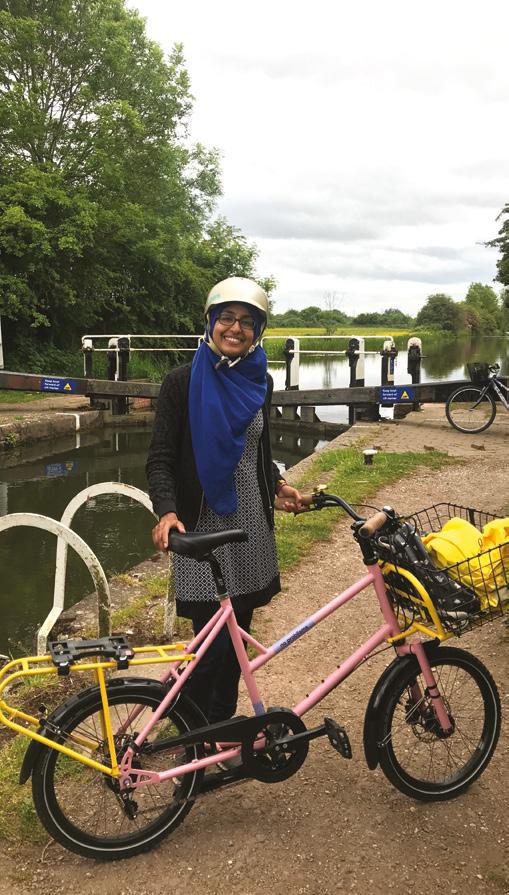
77,246 new cycling trips created

Before attending Big Bike Revival, I never felt comfortable riding a bike even on a 5-minute journey. Joining the men's cycling group however, I feel more confident and even know how to get to the city centre. Cycling has helped me explore the local area and build my independence. I have replaced most of my local journeys that I did by car, with cycling.”
FIGURE 1: New cycling trips
Trips Total not cycling for trip at baseline* Proportion (%) that have started to cycle for trip** New regular trips made by bike Work 55,257 14% (±1.64) 7,103 Education 55,520 13% (+2.32) 6,068 Shopping 66,398 14% (±1.06) 8,693 Other–school run 63,617 39% (±1.45) 23,810 Visit friends and family 63,920 21% (±1.08) 12,612
Other–leisure activities 55,594 35% (±1.23) 18,962
Swapped car journeys for cycling
Hussain had not cycled in 10 years due to health issues and a lack of confidence to cycle alone. He then attended a Big Bike Revival event delivered by Sports Mentoring Coaching Association in Bradford, initially to learn maintenance skills but was asked if he was interested to join one of the groups regular senior rides. Although apprehensive, Hussain was encouraged because the ride would be social and with like-minded others. Now, he has been given a boost of confidence to cycle again and keep it up. Hussain has made new friends and has even swapped his local car journeys to cycling!
Photo: Hussain at a Sports Mentoring Coaching association event in Yorkshire.
Total 23% (average) 77,246

Zoe had not cycled as an adult because she lacked confidence, has an autistic spectrum disorder and normally struggles to fit into group activity. This was not the case with a Big Bike Revival event she attended in Derby. She felt really comfortable and overall, the experience was very positive. The quality of delivery and trainers were fantastic. She noticed other women’s barriers were similar to hers; they lacked confidence and bonded over this, encouraging each other. “It was so much more than just a bike course.”
The session gave her a massive confidence boost and she dramatically changed her travel habits; Zoe now makes cycling journeys she had previously driven and her confidence to ride on roads has improved, because she feels prepared.
It has been an empowering experience, thank you for putting me on a workshop that was so welcoming and inclusive for women, non-binary, and neurodiverse peeps.”
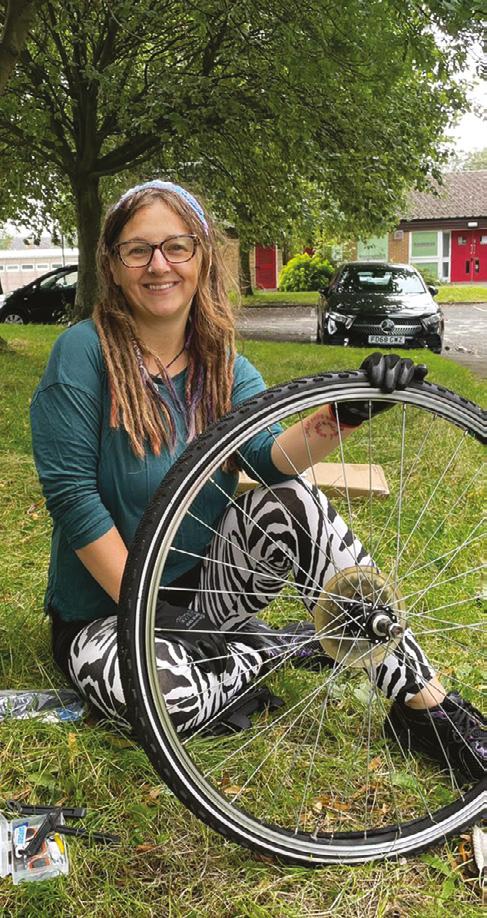
36% of participants reported having converted or are still intending to convert car journeys to cycling
Big Bike Revival helped me remember how much I enjoyed cycling when I was younger. It has inspired me to get a bike of my own, cycle for car journeys, and improve my eco footprint. Once I move closer to my place of work, I intend to commit and cycle to work. Very influential experience and good fun!”
Nadine went on a led bike ride with Life Cycle UK in Derby: The Great Get Together Bike Ride for refugee week. She said ‘Cycling gives me a feeling of freedom; I feel happy cycling on safe paths.
FIGURE 4: Intention to switch short car journeys
Baseline Follow-up
At baseline Nadine reported only cycling once or twice a year and did not feel that cycling was for people like her. 3 months later, she had converted some of her short car journeys into cycling ones and now agreed that cycling is for people like her.
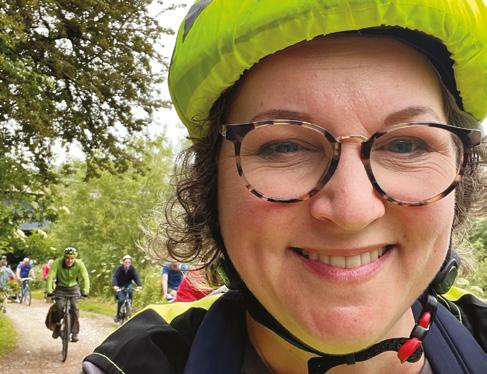
From 45% at baseline, 28% had converted or are still intending to convert at follow-up
45% 28% 8% 8%
Yes, some of them Yes, all of them
From 8% at baseline, 8% had converted or are still intending to convert at follow-up
Reduced barriers of lacking cycle skills and not having a bike
Nurjahan learnt to ride a bike at the age of 60 at a Big Bike Revival event. Prior to this she had no cycling ability or experience whatsoever. Her main barriers included not owning a bike and not having anyone able to teach her. Ride on Sista’s in Leicester helped her overcome both barriers; they loaned her a bike and taught her how to cycle.
With her new-found cycling skills, Nurjahan is looking forward to cycling with her husband and children, and no longer just walking behind!
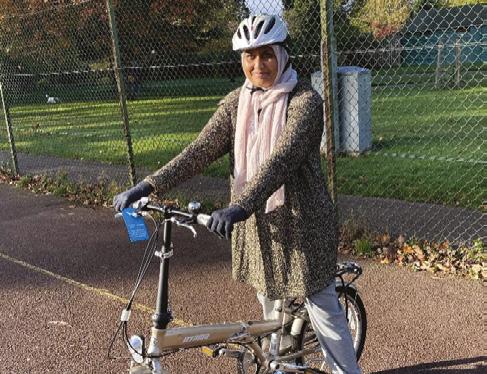
Photo: Nurjahan at a Ride on Sista’s event in Leicester.
FIGURE
Baseline 3-month follow-up
CASE STUDY
An

The Big Bike Revival rides have encouraged me to cycle more, improve my fitness and mental wellbeing. I feel healthier and more positive about life.”
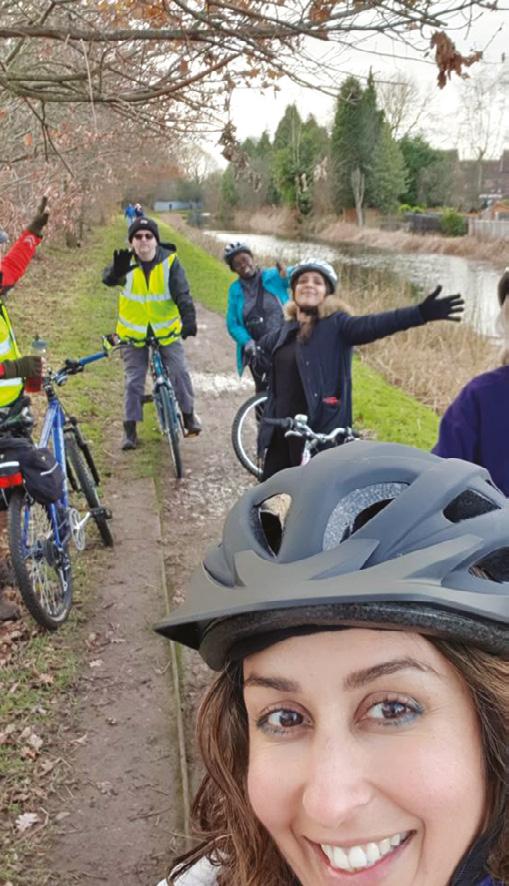
Physically and mentally stronger, after returning to cycling in later life
Ginny grew up cycling with her siblings, on a second-hand bike back in the 1960s in a family of utility cyclists. In the 1970s however, cycling took a back seat; Ginny’s own family got a car, they cycled less everyday, her daughters were not encouraged to cycle, her everyday cycling days were over.
Much later in life, Ginny needed to find herself a renewed sense of purpose and an activity that made her feel good. Ginny saw a women’s only Big Bike Revival event advertised locally and although anxious about joining, was put at ease when she turned up. The sessions were well planned and progressive, after each she came away with a sense of achievement. In the first week Ginny walked her bike to the event but by the third session was confident enough to cycle there and back.
Ginny now feels physically stronger, and it has given her a mental boost. The group of women who attended the same sessions were supportive and good fun, they were not competitive, and everyone encouraged each other.
It’s the best thing I’ve done this year. I have a renewed sense of purpose and enthusiasm for cycling, that I am hoping will last for many years.”
Demographic details were captured from all participants in baseline survey responses. They reveal that the programme is reaching the target audience of people in economic need, living in deprivation, from diverse communities and ethnic backgrounds, people not in work and women.
I’m more confident at doing repairs which I thought were really complex, but actually they're a lot simpler and I don't need to spend much on tools to do this.”
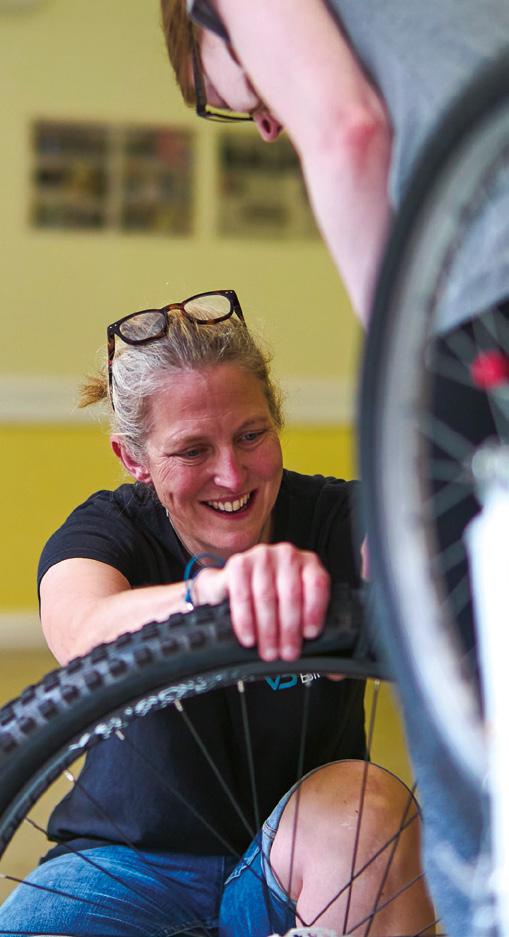
Women in Tandem delivered a Big Bike Revival repair event, in Nottingham and met Dionne who learnt how to do a safety check and repair a puncture. She found the session ‘tremendously helpful’ and enjoyed the women’s only environment. Not having any idea beforehand, Dionne now feels confident to fix a puncture at a roadside, rather than having to walk home! “The session was brilliant, communication was on-point and the trainers made sure everyone understood. The session will help me keep cycling because I am developing skills to look after my own bike whereas before, repair costs had been a barrier.” Dionne intends go back to Women in Tandem to boost her confidence and her ability to cycle on roads.

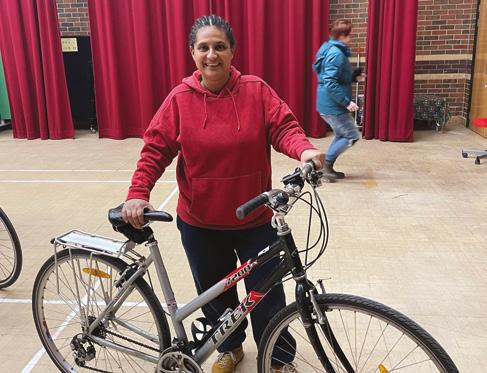
12% more females engaged in the programme compared to males 56% Female 44% Male
6% of people identified as LGBTQ+Photo: Fatima, at Alexandra Park in Manchester.
Eleanor Waters was recently diagnosed with Multiple Sclerosis. She hadn’t ridden a bike for almost a year and was devastated when she saw two friends cycling together, realising she’d probably never do that again.

Staff from Cycle Logic Community bike shop in Manchester helped Eleanor get her tricycle fixed and roadworthy as part of a Big Bike Revival event. Although she misses cycling on two wheels, the trike helps with balance and allows Eleanor to enjoy cycling once again.
She wishes local cycle lanes accommodated trikes better, but that isn’t going to stop her. Cycling means everything, it’s the only exercise she enjoys.
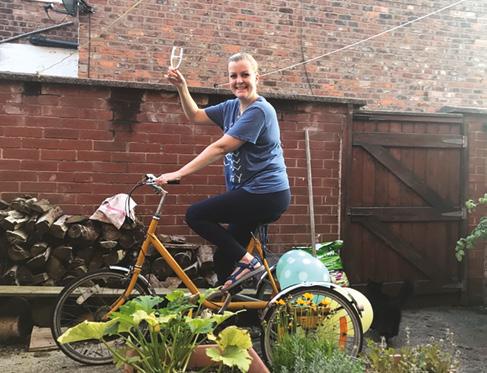
84% of people were aged 18-64
Making cycling accessible for everyone
7% reported a physical or mental impairment, which has a negative effect on their ability to do normal activities It has made my bike a lot safer than it was, my confidence has risen, and I cycle much more now.”
I was given free bike repairs that I wouldn’t have been able to afford in a cycling shop.”
Ethnic and cultural diversity in cycling, and happiness
Rahmah is from Saudi Arabia and before moving to England, cycling was not an activity she was able to do in her country. However, since attending a Big Bike Revival beginner session and subsequent led rides with Women in Tandem in Nottingham, she is really enjoying riding her bike. When Cycling UK met Rahmah, she had just completed her longest ever ride of 15 miles! “Riding a bike makes me so happy, I feel like I’m flying with happiness”
Photo: Rahmah on the bike.
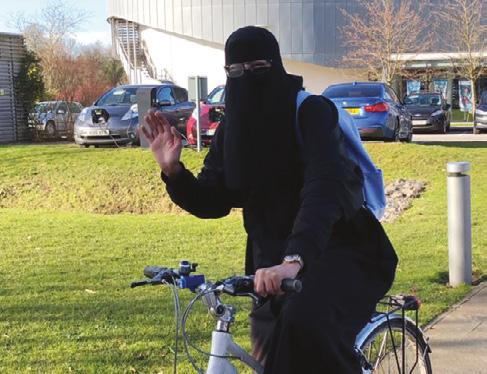
I really enjoyed participating in the group ride, I've discovered new routes and have more confidence.”
White: 80%
Minority ethnicities: 20%
20% belonged to a minority ethnic group
11% resided in the most deprived area, while 34% resided in the bottom three most deprived areas
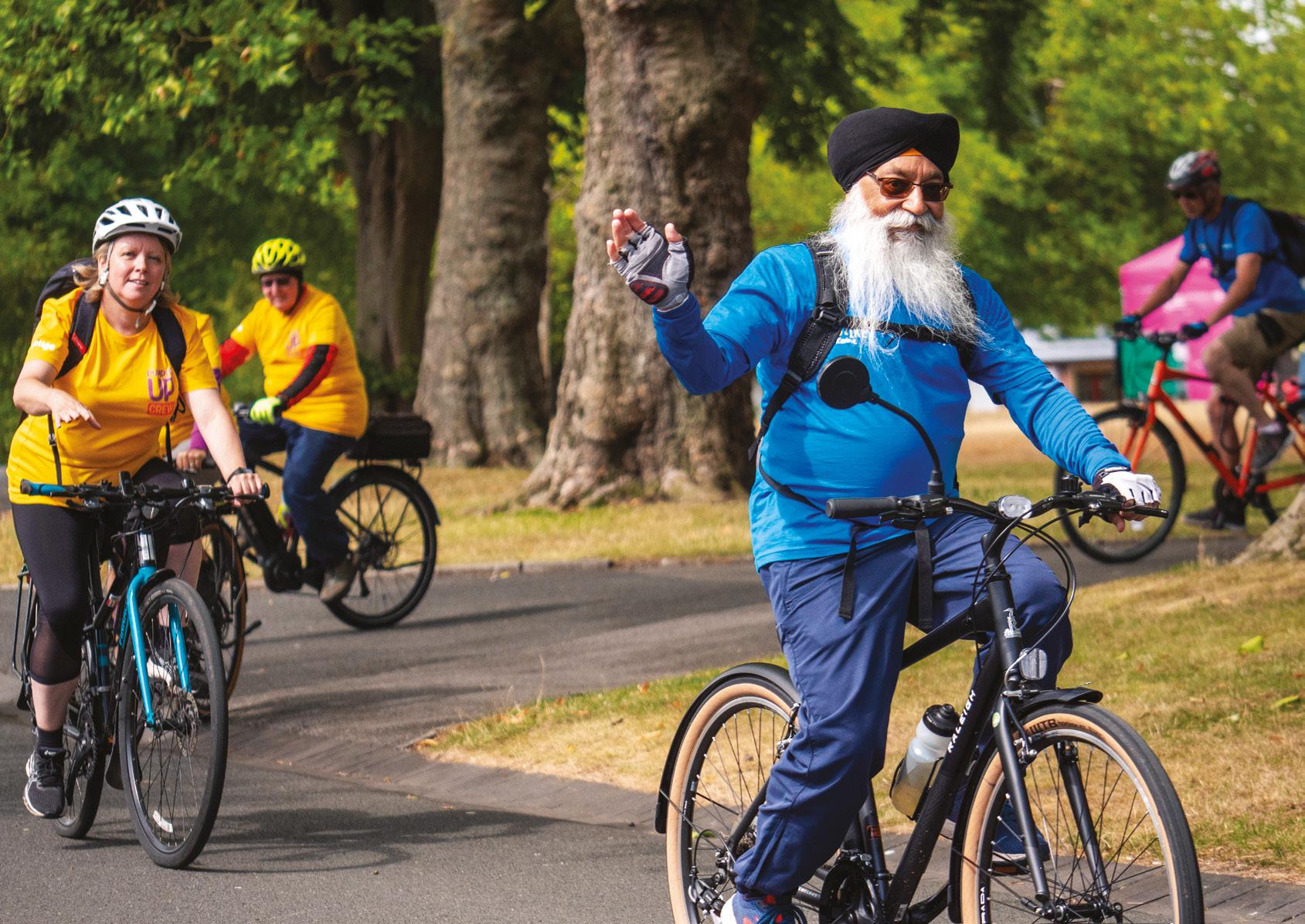
Cycling UK is a trading name of Cyclists’ Touring Club (CTC) a company limited by guarantee, registered in England no: 25185. Registered as a charity in England and Wales charity no: 1147607 and in Scotland charity no: SC042541.
Registered office: Parklands, Railton Road, Guildford, Surrey GU2 9JX.